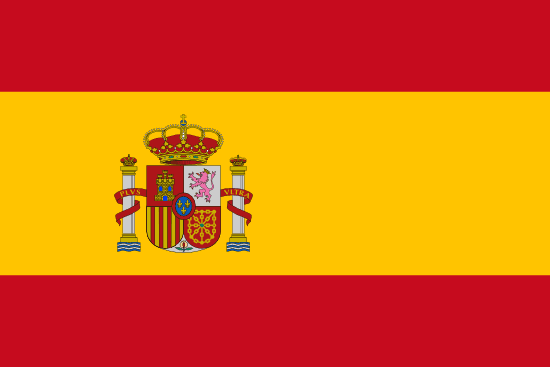"Ultreia et Suseia | Onward and Upward"
About:
Santiago de Compostela, founded in the 9th century in Galicia, Spain, is renowned as a significant Christian pilgrimage site. Its origin traces back to the discovery of the tomb of the apostle Saint James the Great. The city flourished during the Middle Ages, with the construction of its famous cathedral. Despite periods of decline, it has retained its religious and cultural significance. Today, it's recognized as a UNESCO World Heritage Site and is the destination of the Camino de Santiago pilgrimage route.
When to visit:
Santiago de Compostela, known for its stunning cathedral and historic Old Town, is a popular destination for travelers seeking a cultural and spiritual experience. The best time to visit this charming city is during the summer months of June to August when the weather is warm and sunny, making it ideal for exploring the city on foot. Additionally, this period coincides with the famous Feast of Saint James on July 25th, a major celebration that attracts pilgrims from around the world. For a more tranquil experience, consider visiting in the shoulder seasons of spring (March to May) or fall (September to October) when the crowds are thinner and the weather is mild.
When to avoid:
Traveling to Santiago de Compostela during the holiday season can be challenging due to the high influx of tourists and pilgrims visiting the city. The months of July and August are particularly crowded, with long lines at popular attractions and limited accommodation availability. Additionally, the weather during these months can be hot and humid, making sightseeing uncomfortable for some visitors. It is advisable to plan your trip during the shoulder seasons of spring and fall to avoid the crowds and make the most of your visit to this historic city.
"Winter Season (Dec-Feb)"
In Santiago de Compostela, winter (December-February) is the coldest and wettest part of the year. Average temperatures range from 5-14°C. Rainfall is frequent, with December being the wettest month, receiving around 217mm of rain. Sunlight is limited to about 3-4 hours per day with heavy cloud cover. An average day for a visitor involves chilly mornings and evenings, with afternoons mildly warmer. It's advisable to carry warm clothing and an umbrella. Despite the weather, the city's historic charm and indoor attractions remain appealing.
"Summer (June-August)"
The warmest part of the year in Santiago de Compostela, Spain, is from June to September, with July and August being the peak summer months. During this period, the average high temperatures range from 22°C (71.6°F) to 25°C (77°F). The nights are pleasantly cool with average lows around 14°C (57.2°F).
Rainfall is considerably less during these months, with July being the driest month, receiving on average about 30mm of precipitation. The summer sees longer daylight hours, with up to 10 hours of sunlight per day, providing ample time for sightseeing and outdoor activities.
Humidity during these months is relatively low, generally around 60-70%, making the heat more bearable. As for cloudiness, summer days are typically partly cloudy, but there are more clear days compared to other seasons.
A typical day for a visitor during this time would be warm and comfortable. The mornings usually start with a bit of cloudiness that gradually clears, leading to a sunny and pleasant afternoon. Evenings are cool and perfect for leisurely walks. Despite being the warmest part of the year, the temperatures are mild and comfortable, making it an excellent time for outdoor activities and exploration.
Language:
Galician and Spanish are the most commonly spoken languages in Santiago de Compostela. Galician, a Romance language closely related to Portuguese, is the official language of the autonomous community of Galicia, where Santiago de Compostela is located. Spanish, the official language of Spain, is also widely spoken and understood by the population.




